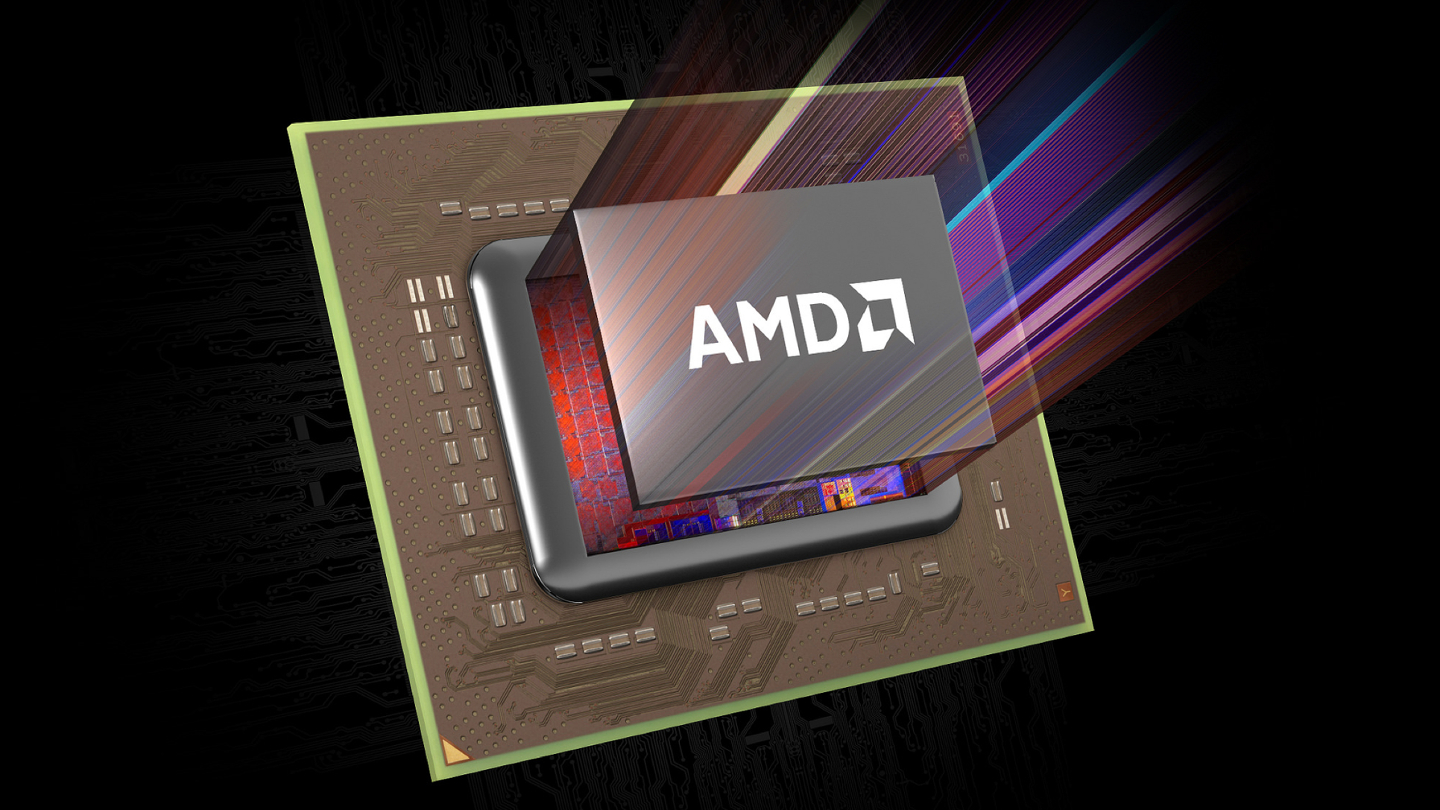TechRadar Verdict
The A8-7670K can certainly cope with basic computing and some simple gaming, but this chip is relatively dear for what it is, and it's really more for laptop users.
Pros
- +
Great for simple browsing or using Microsoft Office
- +
Motherboards are cheap
- +
Low power consumption
- +
Very low entry point gaming
Cons
- -
Targeted at laptop users
- -
Relatively expensive
- -
Lacks new chipset and support for DDR3
Why you can trust TechRadar
Let us tell you about the experience we had reviewing AMD's A8-7670K APU. It came in a tiny little white box. Presumably not the retail packaging. God, let's hope not. Though judging by AMD's lack of marketing share, this could be the real deal. It's not possible to tell whether the 7670K went to another reviewer before us. Anyway, after setting up our standard test platform, we installed the chipset and began our preliminary testing.
Overall, the processor has a total of two computational cores, providing four threads. Say what you like about compute cores, AMD, but Prime95 and Cinebench don't lie to us, and this processor is quite the slow processor. Unfortunately, with 60% of the CPU taken up by the graphical side of things, the overall performance in these applications is still quite limited.
That explains why, even though the 7670K clocks an average of 3.6GHz at max, we achieved some pretty mediocre benchmarks when it came to computational tasks. In fact, we left it to complete our 30GB archive test, but after taking 30 minutes to complete 49%, we figured it would be a better use of our time to stop the process and continue with our other benchmarks instead.

So began the task of installing the Nvidia GeForce GTX 980 (which we use on all of our standardised reviews) alongside AMD's latest offering. We throw the card in. It boots, freezes, then black screens. And won't pick up the display under any other circumstance.
Why are we bringing this up? Well, this is all part of the user experience. You'll hear people mention how you're meant to drop as much money as you can into the GPU and not the CPU. But perhaps you decided to take an entry-level Nvidia GPU with your cheap-as chips AMD processor. In which case, you may very well face these same problems we're facing here. It's unfortunate, but we push on, now only being able to complete a moderate portion of our benchmarks.
Time to retire
The biggest problem here is the fact this is still a processor based off an almost five-year-old architecture. It's only 28nm. It has limited SATA 6GB/s support – and continues to only support DDR3 up to 2,133MHz, even though it's the one platform that would benefit the most from those increased memory speeds.
The list goes on. Intel may only be upping performance by 10% every year or so, but the most vital thing it's including is chipset updates. This forces manufacturers to update their mobos, and in turn provide extra expansion, storage options and more modern features. Hell, it's worth it if only for the design reboots a lot of these boards get.
In gaming, the situation isn't much better. Yes, you can run titles like Dota 2 at acceptable frame rates at 1080p (if 20-30fps is acceptable to you), but unless you're only playing simple games and MOBAs, you're not going to get much joy from it. For comparison, in Shadow of Mordor it achieved an average frame rate of just 4fps at 1080p. A GTX 950 managed an average of 33fps.
Here are the full benchmarks for the AMD A8-7670K:
- Cinebench R15 (index): 294
- PCMark (index): 2,592
- x264 (avg fps): 33
- ATTO SSD write / read (MB/s): 496 / 526
- AS SSD 4K write / read (MB/s): 33 / 63
- FireStrike (index): 617
- Idle power draw (W): 92
- Ramped power draw (W): 282
- Idle temperature (°C): 41
- Load temperature (°C): 65

Zak is one of TechRadar's multi-faceted freelance tech journalists. He's written for an absolute plethora of tech publications over the years and has worked for Techradar on and off since 2015. Most famously, Zak led Maximum PC as its Editor-in-Chief from 2020 through to the end of 2021, having worked his way up from Staff Writer. Zak currently writes for Maximum PC, TechRadar, PCGamesN, and Trusted Reviews. He also had a stint working as Corsair's Public Relations Specialist in the UK, which has given him a particularly good insight into the inner workings of larger companies in the industry. He left in 2023, coming back to journalism once more. When he's not building PCs, reviewing hardware, or gaming, you can often find Zak working at his local coffee shop as First Barista, or out in the Wye Valley shooting American Flat Bows.
